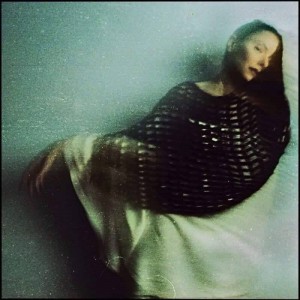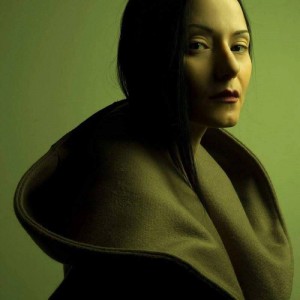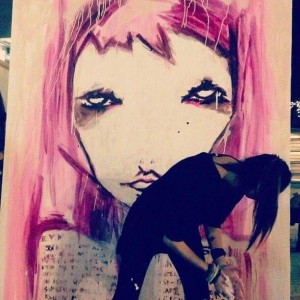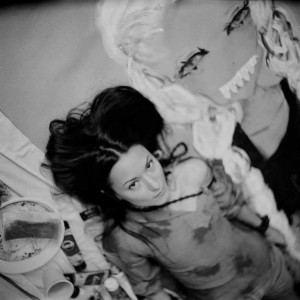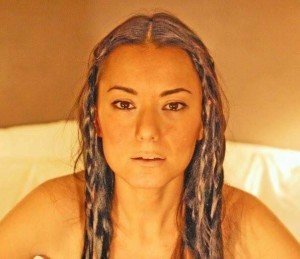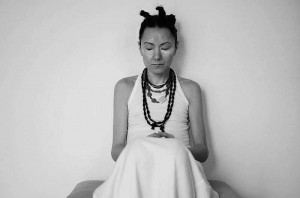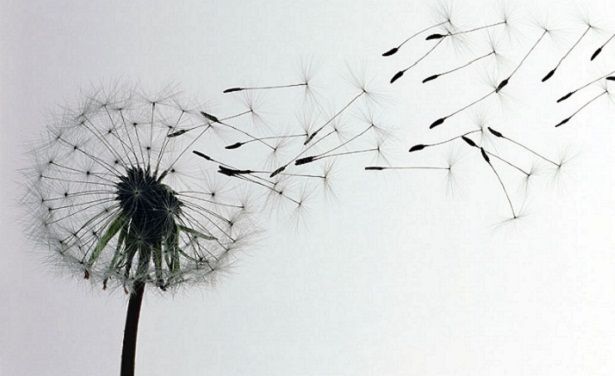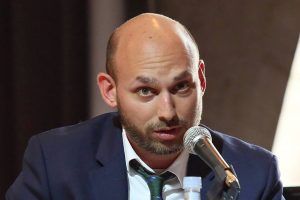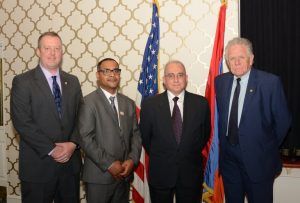Lucy Abdalian: “For me, the homeland is heaven”

Painter Lucy Abdalian has moved from one country to another several times, but is certain that Armenia will be her final landmark, the landmark of her soul. She experienced disappointment when she came to Armenia, but her love for the land was so great that she didn’t even think about going back. In an interview with Hayern Aysor, Lucy talked about art, sincerity and the magnetic force of the homeland.
Hayern Aysor: Lucy, I know you have lived in many countries. What made you decide to come to the homeland? Tell us a little about your childhood. How were you preserving the Armenian identity abroad? How did you picture Armenia?
Lucy Abdalian: Like all Diaspora Armenians, I also had a different picture of the native land before my return to the homeland. I had different views and was kind of dreamy. When I was living in Montreal as a child, I had an Armenian teacher who was from Armenia and talked a lot about her beloved Armenia. I loved my teacher and wanted to discover the land of Armenia and find out why I was living in Canada, if that was my homeland. When my teacher would tell us that only Armenians like us, with our genes and with our identity live in Armenia, I was certain that people in the homeland would accept and understand me. I had a hard time at school because it was difficult for me to learn French. We had escaped the war in Lebanon and had come to a country where the culture and society were totally different. It was in Lebanon where I felt the desire to visit the homeland where I could live in peace. Armenian was the household language at our home in Montreal, and we had no right to speak in any other language. My father would teach us about the Bible at an early age so that we would stay true to our faith and history. What also brought me to the homeland was the feeling of “Armenianness” that I had felt since childhood. Before coming to the homeland, I had also lived in New York for four years.
Hayern Aysor: What are you doing in Armenia? How did the homeland accept you?
L. A.: When I came to Armenia, I was a little shocked because the homeland is not only the history and culture that we know, but also the society. I was a naïve girl, had more dreams and was more romantic. I was in love with the mountains of the homeland that gave me strength. However, I was disappointed with the people I met in the beginning. I was amazed when I saw so many beggars on the streets. In the United States, money doesn’t grow on trees. People work hard for the money. If not, the country won’t accept you, much less the society. I tried to give money to many people, thinking I was helping them, but I was wrong because the first thing that they need to change is their system of values. I love Armenia, but sometimes I accept people into my life with reservations. In the beginning, I even received a blow from my friends who stole a lot of money from me and left, saying that I had donated that money to them. I was disappointed, but that disappointment wasn’t stronger than my love for the homeland. I am not talking about all the people of Armenia. No, I also know many wonderful people who are sincere and humanist. I admire the simplicity and richness of the soul of people in the villages of Armenia.
Hayern Aysor: Is the homeland reflected in any way in your paintings?
L. A.: I would mainly paint portraits in San Francisco. I would paint pictures of people who were part of my daily life. I would always come to Armenia, but temporarily. One day, I decided to come for four months and try to work here. The homeland conveyed a new air, color and energy to my paintings. When I am in the nature of the homeland and away from people, I feel like I have wings and am soaring over the horizons. Of course, all this had to be reflected in my paintings.
In the beginning, Artur Sargsyan and his family helped me a lot. They have a human attribute that is rare these days. They gave me a lot of strength and taught me to think broadly and deeply. Artur was my greatest mentor in Armenia. When I was in Budapest, I met an artist by the name of Mamikon Yengibaryan, who inspired me endlessly. I wouldn’t be who I am today without his advice. Sonya Balasanyan was the first to see the painter living within me and gave me the chance to hold my personal exhibition. I am very grateful to them and God for endowing me with such a talent.
Hayern Aysor: Your personal exhibition called “Air” was your first exhibition in Armenia. What were your impressions on that day? How did your followers accept your art and appreciate your work?
L. A.: I wasn’t expecting the exhibition to be so big. I had held another exhibition at my friend Lusine Kasarjyan’s house before that and had invited many people and ambassadors. It was a charity exhibition, and we sent all the proceeds to the renovation of a children’s hospital.
My personal exhibition provided me with a great opportunity to convey a lot of sincerity to my followers. I hope they felt that sincerity.
Hayern Aysor: In 2014, the installation entitled “A Rose is a Rose for a Rose” and the clip entitled “Death Certificate” were recognized as the best at the annual Alternative Art Festival and were also shown at your first exhibition in Armenia. What successes have you achieved in the homeland and abroad?
L. A.: What is success? It is making a lot of money, becoming popular and world famous. For me, success is fully discovering my ego and being able to do something good for people, give love and be in need for mankind. That is why God gave me the talent.
I don’t want to look back at what I have achieved over the years. I want to look towards the future. I want to convey the fire in my soul to people.
Hayern Aysor: The voice of the soul can be heard in your paintings. What is more important for you in your paintings and what do you mainly place emphasis on?
L. A.: I place emphasis on sincerity and the reflection of the real image of life. I don’t like cages and boundaries. An artist can’t live and create in a cage. There are so many good artists in Armenia that I feel small next to them.
Hayern Aysor: Painting is like poetry. What do you want to change in the world with your painting/poetry?
L. A.: Books nourish me. I read the works of Milan Kundera, Albert Camus, Pablo Neruda and George Sand. In my blood there is poetry that I can’t live without. Poetry is instinctively manifested in my works as well. My paintings are an open nerve of human emotions that I want to turn into a mirror for people.
Hayern Aysor: In one of your interviews, you said: “If you cut a flower from the soil, it is already about to die. It doesn’t matter how you take care of it. Death has the same meaning everywhere and for everyone.” Can this be understood as a metaphor? How would you interpret your words?
L. A.: A flower also withers, but people always see its beauty. The important thing is that beauty. A person is also dead without his or her beauty, that is, the soul. If a person isn’t nourished, he or she will physically die. The same goes for the soul. If the soul of a person isn’t nourished, it will die. For me, spiritually dead people are also physically dead. No treatment will save such people.
Hayern Aysor: How have your views changed and what has changed in your paintings after moving to Armenia? What does the homeland mean to you?
L. A.: For me, the homeland is heaven. It is a source of energy. I feel completely relaxed. I think the year 2016 is going to be a very promising year for me and my homeland. Let’s move forward.
Amalya Karapetyan




 Արևելահայերեն
Արևելահայերեն Արևմտահայերեն
Արևմտահայերեն Русский
Русский






